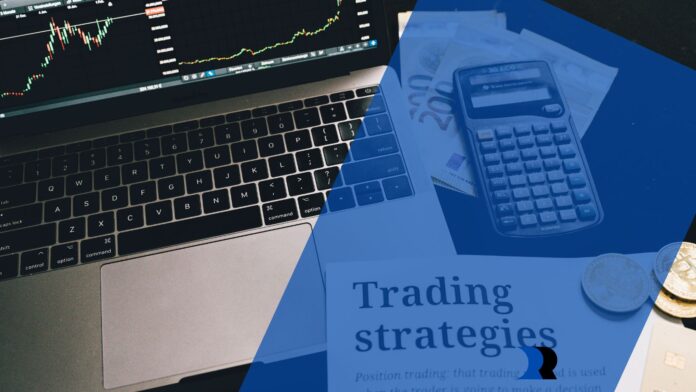Futures trading is a popular method for investors to speculate on the price movements of commodities, currencies, and financial instruments. However, the volatile nature of futures markets requires traders to have effective strategies to navigate the risks and maximize profits. This article will explore various futures trading strategies to help traders succeed in market conditions. The immediate-trevixor.com, an online trading platform, provides traders with the tools and resources they need to execute these strategies effectively.
Understanding Futures Trading
Futures contracts are agreements to buy or sell a specified asset at a predetermined price on a specified date. These contracts are traded on futures exchanges, where buyers and sellers come together to speculate on the future price movements of the underlying assets. Futures trading allows investors to hedge their risks or speculate on price movements without owning the underlying asset. Futures traders often juggle multiple markets, indicators, and automated scripts. With a NinjaTrader VPS, you can orchestrate these workloads effortlessly, ensuring your orders are placed precisely when market signals trigger.
Types of Futures Trading Strategies
- Trend-following strategies: These strategies aim to profit from the continued momentum of an existing trend. Traders using this strategy would buy when prices are rising and sell when prices are falling, hoping to capture the bulk of the trend’s movement.
- Mean reversion strategies: Mean reversion strategies are based on the idea that prices tend to revert to their average over time. Traders using this strategy would buy when prices are below the average and sell when prices are above the average, expecting prices to revert to the mean.
- Breakout strategies involve entering trades when prices break through support or resistance levels. Traders using this strategy would buy when prices break above resistance levels or sell when prices break below support levels, expecting the breakout to continue.
- Spread trading strategies: Spread trading involves taking offsetting positions in two different futures contracts to profit from their price difference. This strategy can be used to hedge against risk or speculate on the two contracts’ relative price movements.
Factors Affecting Futures Prices
Several factors can influence the prices of futures contracts, including supply and demand dynamics, economic indicators and news events, and market sentiment and investor behavior.

Traders need to stay informed about these factors to make informed trading decisions.
Technical Analysis in Futures Trading
Technical analysis is a method of analyzing historical price and volume data to forecast future price movements. Traders using technical analysis rely on charts and technical indicators to identify trends and patterns that can help them predict future price movements.
Common technical indicators used in futures trading include moving averages, relative strength index (RSI), and moving average convergence divergence (MACD). These indicators can help traders identify entry and exit points and determine the strength of a trend.
Risk Management Strategies
Risk management is a critical aspect of futures trading, as the volatile nature of futures markets can result in substantial losses. Traders can manage risk by setting stop-loss orders to limit losses, practicing proper position sizing, and diversifying their portfolios to spread risk across different assets.
Case Studies and Examples
To illustrate the effectiveness of futures trading strategies, let’s consider a few case studies:
- Trend-following strategy: A trader identifies a strong upward trend in the price of crude oil futures and decides to buy a contract. The trader holds the contract as long as the trend continues, eventually selling it for a profit when the trend reverses.
- Mean reversion strategy: A trader notices that the price of gold futures has fallen below its historical average and decides to buy a contract, expecting the price to revert to the mean. The trader sells the contract when the price returns to the average, realizing a profit.

- Breakout strategy: A trader observes that the price of a stock index futures contract has broken above a key resistance level. The trader buys a contract, expecting the breakout to continue and the price to rise further. The trader sells the contract when the price reaches a predetermined target, locking in a profit.
Conclusion
In conclusion, futures trading offers traders a wide range of opportunities to profit from price movements in various markets. By understanding the different types of futures trading strategies and implementing effective risk management techniques, traders can increase their chances of success in any market condition.


